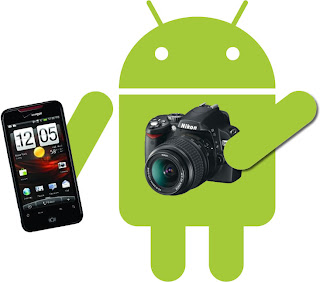How to Take Screenshots of your Android’s Interface
We spend a lot of time customising our Android’s and sometimes we just want to show off how snazzy our customisation job is. Maybe we have an excellent array of apps set up on our desktop and the combination of apps are individual to our phone usage habits. Another reason we might want to take a screenshot of our Android’s interface is if we are in the business of creating apps for the Android market or we have stumbled upon a glitch or something interesting in an app we utilise often. Whatever the reason, it is sometimes a pain to actually do this without being logged into the software with root access or an emulator.

Before we start, we need to install the Android Software Development Kit (SDK) on our computers. If you are unsure of how to do this, hunt around for some instructions. It is not a difficult task however and it normally just involves running an installer. You will need to make sure you have installed the right SDK for the right computer and phone combination you are using and that you have the latest Java version installed (from Sun). This is probably the hardest part of the whole process – although you shouldn’t have much trouble doing it. It is a pretty straightforward process.
Now you will need to plug your phone in via USB to your computer. Run the DDMS tool in the SDK (in Windows navigate to the SDK\Tools folder in the start menu or on Mac or Linux run ./ddms from the terminal). Select the device from the list of available devices and then select (from the menu bar up the top of the program) device and screen capture. Set up what you want to screenshot on your phone (using the phone viewing pane in the software) and hit refresh. Now hit the save button in the phone viewing pane and store the image somewhere on your computer.
That’s it, you are done. You have a screenshot of your Android’s interface. Although this process may seem a little tricky to novice users, just read through the instructions and follow it step by step. Do a Google search on any aspect that may seem complicated. However, the only real problem should be installing the SDK and that is not too difficult if you know what operating system you are using and the type of phone that you have – pretty much a given if you are sitting at a computer at the moment reading this and you have an Android phone.
Don’t worry about ruining your phone when doing this and keep in mind that you are using the software as an extension of the phone’s capabilities. You are not going to destroy your phone by doing this as long as you are following the steps and not going haywire and clicking a bunch of stuff you don’t need to use. If you are a more advanced user take a look at some of the other things the DDMS software can do.
Comments
Post a Comment
Show Your Problem and feedback here